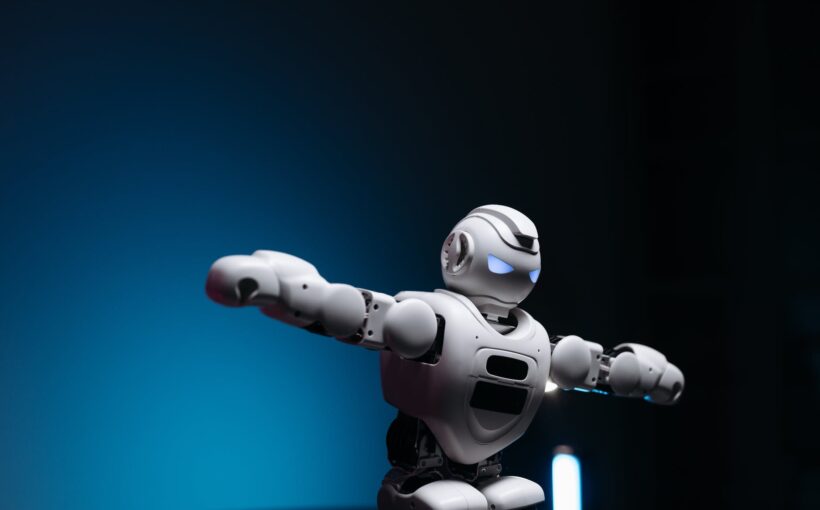Breaking down artificial intelligence into its most common forms can help integrators understand the potential for the technology as well as its limitations.
Copyright: cepro.com

One basic definition of AI is that artificial intelligence is the science of training computer systems to emulate human tasks through learning and automation. The key elements here are that an AI system requires learning, and only once it has been taught can it automate or replicate what it has ingested.
At the core is the capability of a machine to learn how to apply logic and reason to gain an understanding from complex data. It is not stand alone; Artificial Intelligence requires initial data that it receives to teach it. It can then apply the algorithms developed by the learning process to patterns and relationships found in other sets of data.
Fundamentally, an AI is a set of algorithms inside a computer that are fed a set of known data to “learn” from and guided on how to interpret this data. It can then take what it has learned and perform tasks, further learning from each data set. This is where the “garbage in and garbage out” factor comes into play.
Artificial Intelligence is only as good as the quality of the data it learns from, but quality data is not enough. Think of data as the food that now must be digested. Depending upon the application massive amounts of data can be ingested but now comes the analysis phase, the extraction of key data points, and finally writing the code that can make the output processes automated in some way.
File all of this under the umbrella of still requiring humans to make it all work. Without data and the analytics of what to do with it, AI is just a couple of words that sound impressive. At a very high level, artificial intelligence can be split into two broad types: narrow AI and general AI. […]
Source: SwissCognitive



